Are you curious about the inner workings of Montana’s agriculture?
Prepare to get a comprehensive education, as we take you on a journey through the captivating landscapes and rich tapestry of this agricultural giant.
From major crops and primary livestock to factors that contribute to a thriving land, let’s find out why the agricultural sector holds such a special place in the hearts of those who call Montana home.
- Related article: Quick Look at Montana’s Economy
Are you ready to explore the world of Montana agriculture like never before? Let’s get started!
Montana Agriculture’s Significance to the State
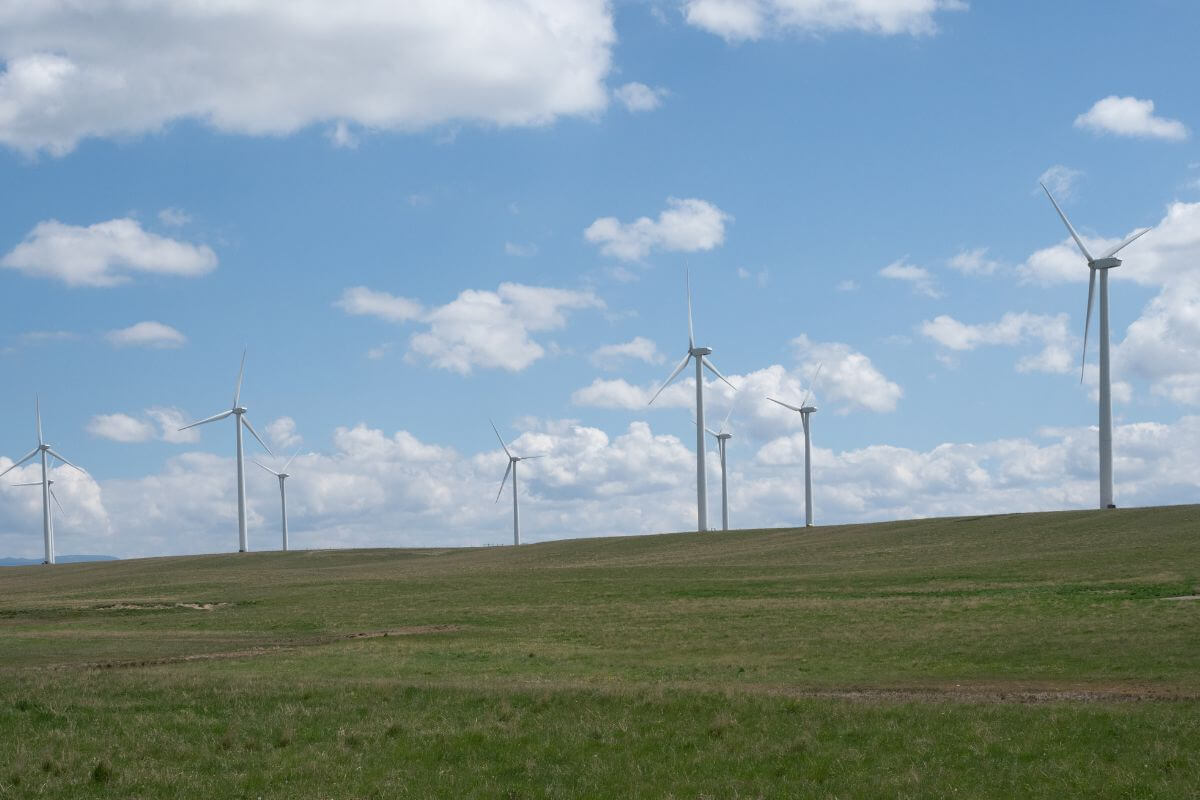
Montana, boasting a population of 1.1 million people, is enriched with a vast expanse of 93 million acres of land, out of which a substantial 58 million acres (62%) are dedicated to agricultural production.
However, that is merely the tip of the iceberg, as we explore its multifaceted impact in the following areas:
- Economy – Montana’s agricultural industry generates substantial revenue and employment opportunities for residents. The diligent efforts of the Montana Department of Agriculture bolster this economic impact significantly.
- Diverse Agricultural Products – Montana produces an extensive range of agricultural products, including staple crops and specialty crops that showcase the state’s ability to cater to diverse consumer demands and contribute to the nation’s food supply.
- Real Estate Advancement – The influence of Montana’s agriculture has a profound effect on the real estate sector, shaping rural and urban landscapes alike.
- Livestock Agriculture – Montana’s livestock agriculture thrives thanks to vast grasslands that provide ideal conditions for raising cattle, sheep, and bison.
- Forest Industries – Montana’s rich natural resources extend beyond fertile farmlands. The forest industry plays a vital role in the state’s agricultural significance, contributing to the economy and supporting numerous jobs.
- Nurturing Food Products – The state’s bounty is transformed into diverse food items, including dairy products, meat delicacies, and value-added processed goods.
From driving the state’s economy and fostering diverse agricultural products to influencing the real estate sector and thriving livestock agriculture, Montana’s dedication to nurturing its natural resources is evident.
With the forest industry and a multitude of food products adding to their significance, Montana’s agricultural tapestry continues to weave a rich and multifaceted story that shapes the very essence of the state’s identity.
Montana’s Agricultural Diversity
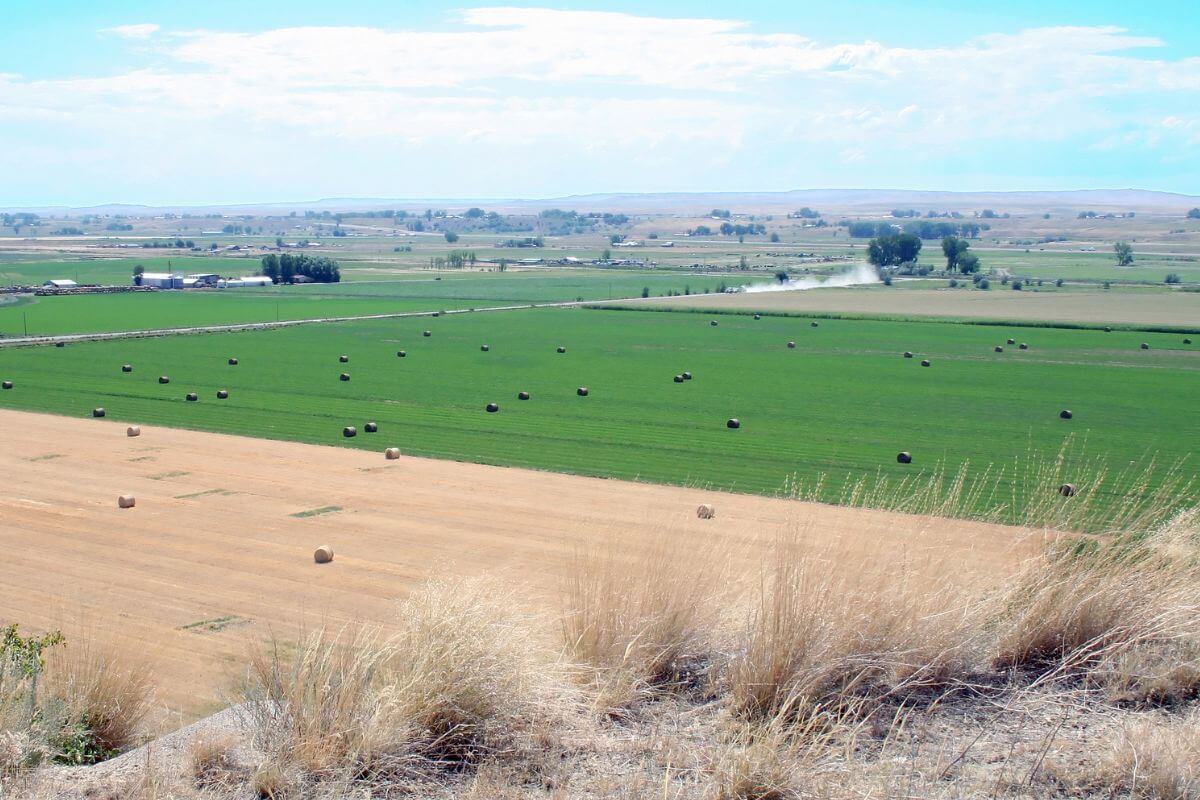
Montana’s vast landscapes and abundant natural resources come together to create a thriving farming paradise.
From golden fields of organic wheat to the gentle mooing of dairy cows, join us as we uncover the diverse and vibrant world of farming in the state.
Montana’s Major Crops

Montana’s agricultural landscape flourishes with the golden pride of wheat, a crop that has shaped the very essence of this state since the early days of European settlement.
Let’s take a look at some of the major crop varieties this agriculturally storied region has to offer:
- Wheat – Wheat is a primary crop in Montana. Its fertile plains and favorable climate make it ideal for cultivation, producing high-quality wheat prized for its protein content and gluten strength. Montana’s wheat industry has a rich history and economic significance.
- Barley – Another grain crop that is grown in Montana is Barley. It has become important for the brewing industry due to its use in beer production.
- Oats – Cultivated for both animal feed and human consumption, Oats add to the state’s agricultural diversity.
- Rye – Aside from contributing to the agricultural resilience of Montana, Rye is also a valuable ingredient for various culinary delights such as bread and whiskey.
Crop diversity doesn’t stop there, of course. Some other notable mentions include seed potatoes, pulse crops, sugar beets, corn, and flax.
Montana’s grain crops exhibit diverse characteristics and uses, enabling the state’s farmers to adapt to changing market demands.
That said, they also face challenges such as crop diseases, pests, and varying climate conditions.
The agricultural prowess of Montana’s wheat production makes it a significant player in the state’s economy and culinary landscape.
Montana’s Primary Livestock
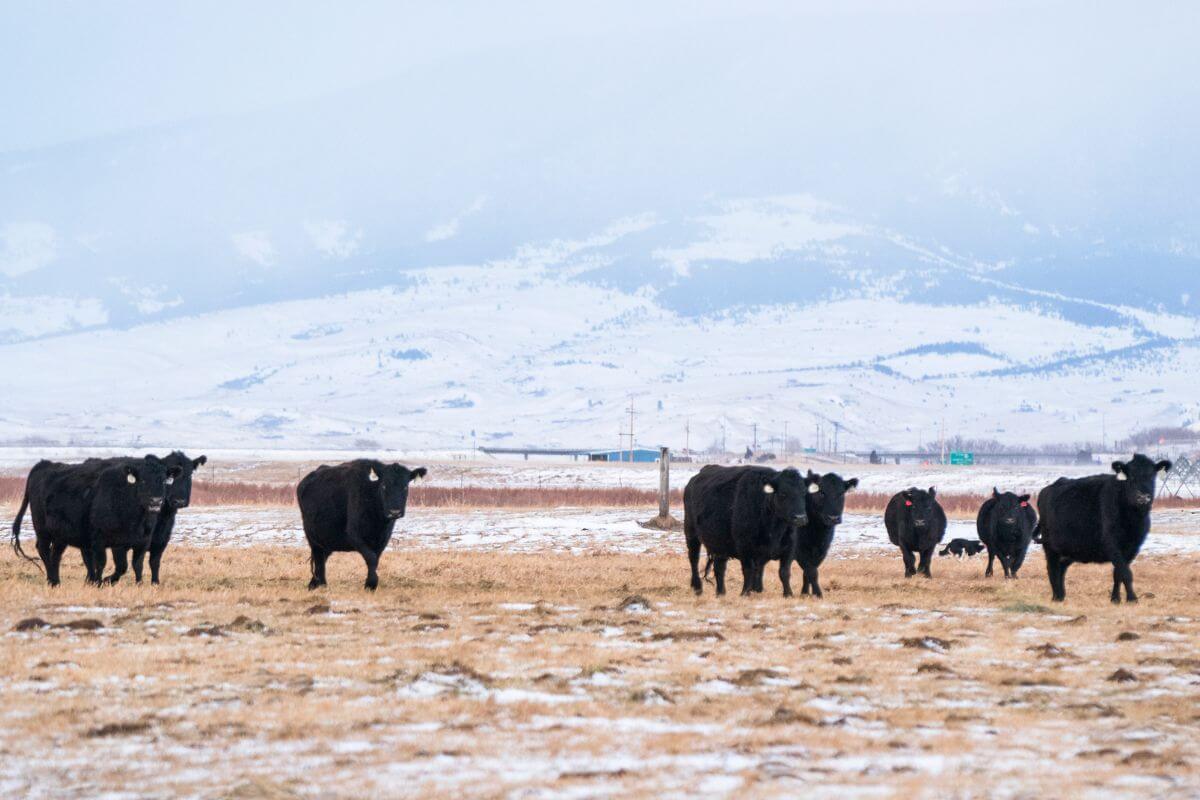
With vast open spaces and abundant natural resources, Montana is a key player in raising cattle, sheep, dairy cows, and a wide array of poultry as a vital component of agriculture.
- Cattle – Montana is home to approximately 2.2 million head of beef cattle, garnering the 7th position for total cattle numbers in the United States.
- Dairy Cows – Montana boasts 18,000 gentle milk producers, each cow churning out an average of 16,833 pounds of milk per year.
- Poultry – Montana’s poultry scene is diverse, raising a variety of birds including chickens, turkeys, ducks, geese, pheasants, pigeons, and quail. The state currently has 410,000 chickens happily producing a staggering 94,000,000 eggs.
- Sheep – Montana ranks 7th in the nation for sheep numbers, with a staggering 225,000 woolly beauties proudly raised by sheep producers in 2018.
A vital link exists between Montana’s major crops and primary livestock such that one cannot thrive without the other.
In no area is this more evident than in forage productivity.
The state’s agricultural crop sector must work to keep its standards in forage production high to ensure the continuous powerhouse performance of its beef industry.
Montana’s vibrant and dynamic livestock community showcases a resilient approach to overcoming challenges and maintaining a thriving livestock sector for generations.
Montana’s Thriving Agriculture: Key Factors at Play

What drives the success of Montana’s agricultural sector? In this section, we explore the key factors that contribute to the state’s agricultural excellence.
Montana’s Favorable Climate and Geography
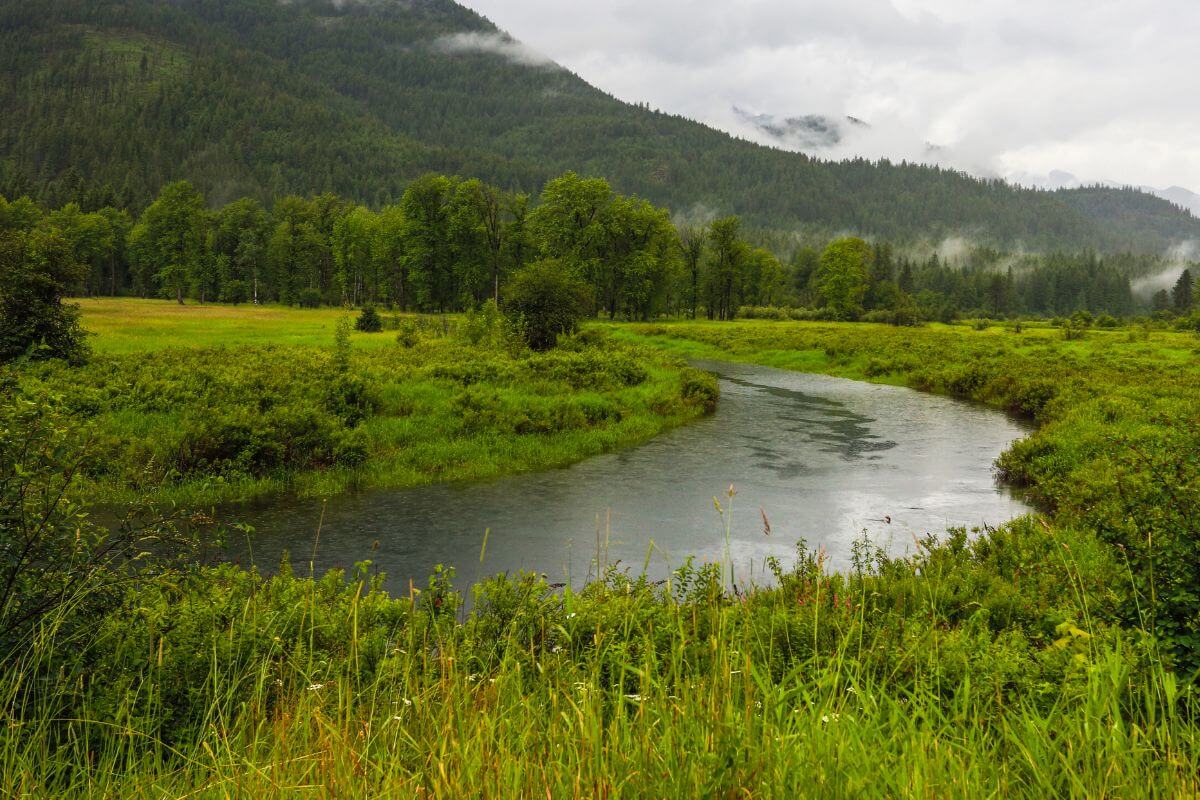
Montana’s climate and geography offer a diverse range of conditions that are favorable to agriculture.
The state is divided into western and eastern regions, each with its own unique characteristics.
In the west, winters are milder and summers cooler, creating a more temperate climate—meanwhile, the east experiences colder winters and warmer summers.
Montana’s climate differences have an impact on the growing season, with the West having a shorter growing season compared to the East.
However, what the West lacks in length, it makes up for with the quality of its growing conditions.
The western regions benefit from higher levels of precipitation, which can support robust plant growth. In contrast, the east has lower precipitation, requiring more careful management of irrigation systems.
The state’s vast farmland is another factor contributing to its agricultural success, particularly its high level of crop yields.
Montana’s abundant natural resources, including fertile soils and access to water sources, provide a solid foundation for crop production.
Coupled with the state’s favorable climate, this allows for a wide variety of crops to be grown and livestock to be raised.
Overall, Montana’s climate and geography offer a range of favorable conditions for agricultural activities, including natural events like crop pollination.
While the western and eastern regions may differ in terms of winters, summers, and growing seasons, the state as a whole provides ample opportunities for successful farming and ranching endeavors.
Montana’s Rich Soil and Nutrient Content
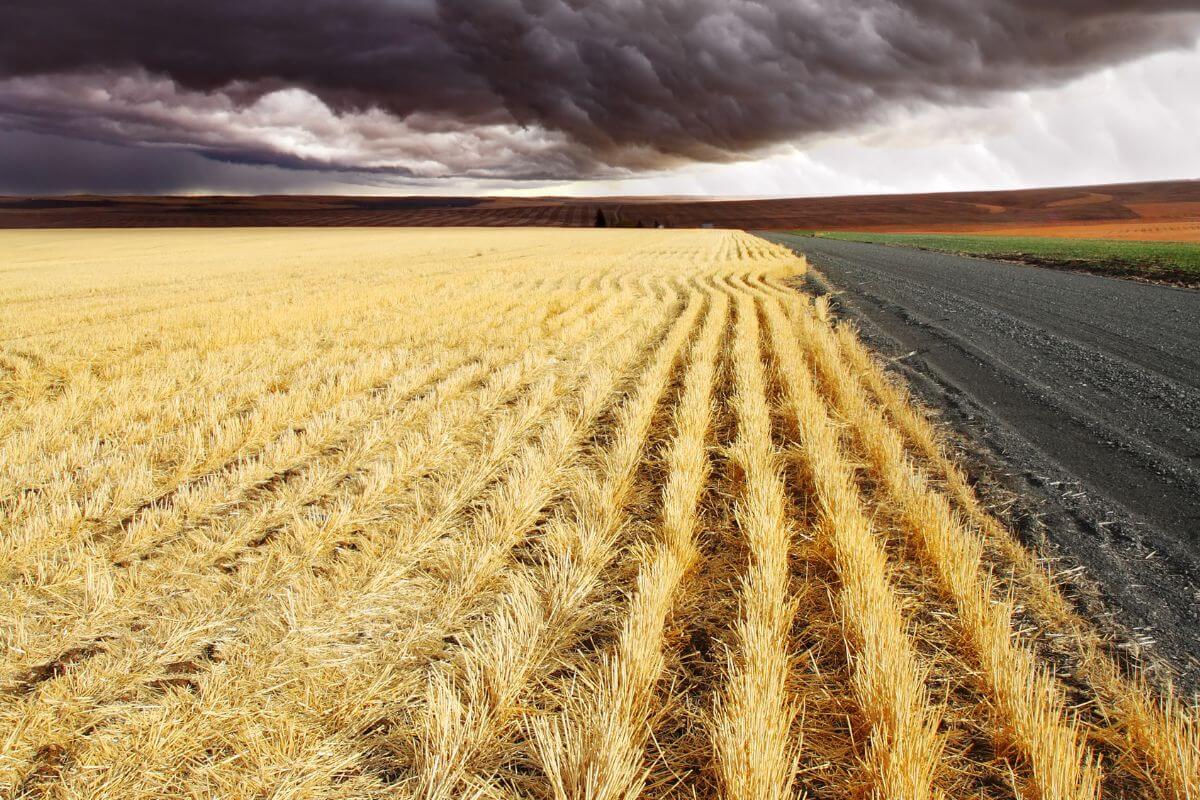
Montana’s rich soil and nutrient content play a vital role in its thriving agricultural industry.
The region’s diverse and fertile soils support the growth of a wide range of crops, including those for forage production.
This results in a boost in forage productivity that propels the state’s livestock sector to greater heights.
However, like any agricultural region, Montana faces its own set of weather-related challenges that can impact crop production and even result in crop damage.
One such challenge is the changing climate and its effects on farming practices.
Climate change impacts have led to more frequent and severe weather events, including droughts, heat waves, and extreme rainfall in Montana.
These climate shifts can have detrimental effects on crop yields and overall agricultural productivity. To mitigate these negative impacts, farmers in Montana have implemented various strategies.
Crop diversification is one approach that helps reduce the risk of crop damage associated with climate change.
By growing a variety of crops, farmers can adapt to changing conditions and minimize the impact of adverse weather events on their overall harvest.
Another strategy is the use of cover crops to prevent soil erosion and improve soil health.
Cover crops are planted between main crop seasons and help retain moisture, suppress weed growth, and enhance nutrient content in the soil.
This practice helps farmers adapt to climate change by maintaining soil quality and preventing erosion, which can be exacerbated by extreme weather events.
By investing in research and development, Montana farmers gain valuable insights into new techniques, crop varieties, and management practices that increase resilience in crops and livestock.
Montana’s nutrient-rich soil aside, farmers implement a range of soil-enriching techniques that ensure the continuous thriving of their agricultural sector.
Through methods like crop diversification, precision irrigation techniques, and the use of cover crops, Montana ensures its agriculture remains a powerhouse in the face of a changing climate.
Montana’s Abundant Water Resources
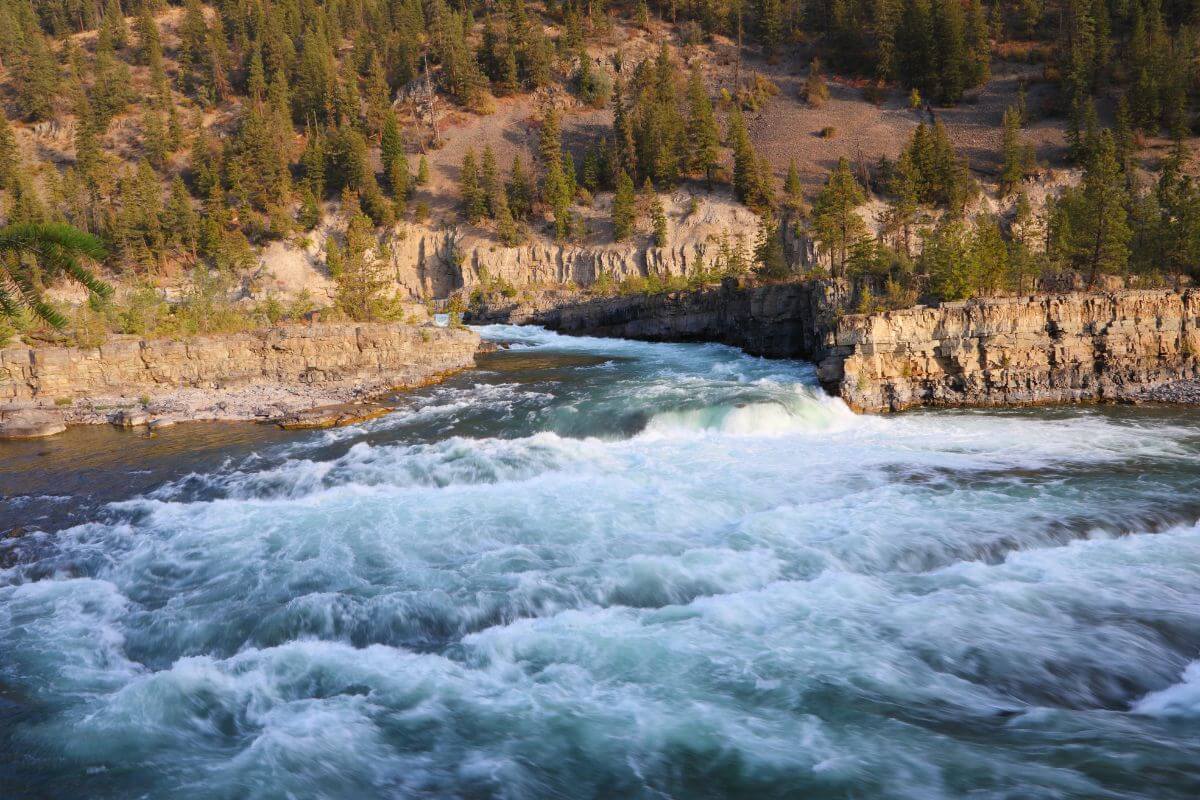
Montana’s booming agriculture owes much of its success to the state’s abundant water resources, which play a pivotal role in sustaining the bountiful landscapes and diverse crops that flourish within its borders.
This northern treasure boasts an array of natural water sources, including rivers, streams, lakes, and underground aquifers, making it a key player in the agricultural landscape.
Montana’s extensive water resources provide a crucial lifeline to farmers, enabling them to irrigate their crops during dry spells and grow a variety of crops that require consistent moisture.
From wheat and barley farming to sugar beet and potato production, irrigation allows farmers to optimize yields, boost crop quality, and maintain a stable food supply for both local consumption and export.
The abundance of water sources also ensures ample hydration for livestock throughout the year.
Cattle, sheep, and other animals graze on the fertile lands of Montana, benefitting from accessible water points that sustain their health and well-being.
Lastly, Montana’s ample water resources foster a diverse range of agricultural practices.
From traditional crop farming to horticulture and analyzing the effects of precipitation timing, the state’s farmers can embrace varied endeavors that contribute to the richness of Montana’s agricultural output.
Montana’s abundant water resources, combined with these technological advancements, have allowed farmers to achieve greater efficiency and productivity in their farming practices.
Montana’s Strong Agricultural Policies

When it comes to this state’s agriculture, few sturdier policies exist.
Agriculture in the state of Montana is a well-regulated industry that’s all about sustainable farming and protecting Mother Nature from the negative impacts of climate change.
It’s a winning combination that not only ensures the longevity of their natural resources but also supports the economic growth of agricultural businesses in the state.
The Montana Department of Agriculture is at the forefront of these policies, making sure that farmers and ranchers abide by the regulations that promote sustainability.
The agency is all about giving the land a breather, implementing practices that reduce soil erosion, conserve water, and protect wildlife habitats.
These measures not only benefit the environment but also lead to healthier crops and livestock, which in turn boost the overall productivity of the industry.
The Montana Department of Agriculture has also implemented initiatives that support economic growth, including the tireless promotion and marketing of Montana’s agricultural products domestically and internationally.
They provide grants and financial assistance to farmers and ranchers, encouraging innovation and technological advancements in the industry.
When it comes to Montana’s strong agricultural policies, it’s a win-win for the land and its people. Sustainable farming, natural resource protection, and economic growth—it’s a combination that’s hard to beat.
Montana Agriculture’s Future: The Road to Sustainability
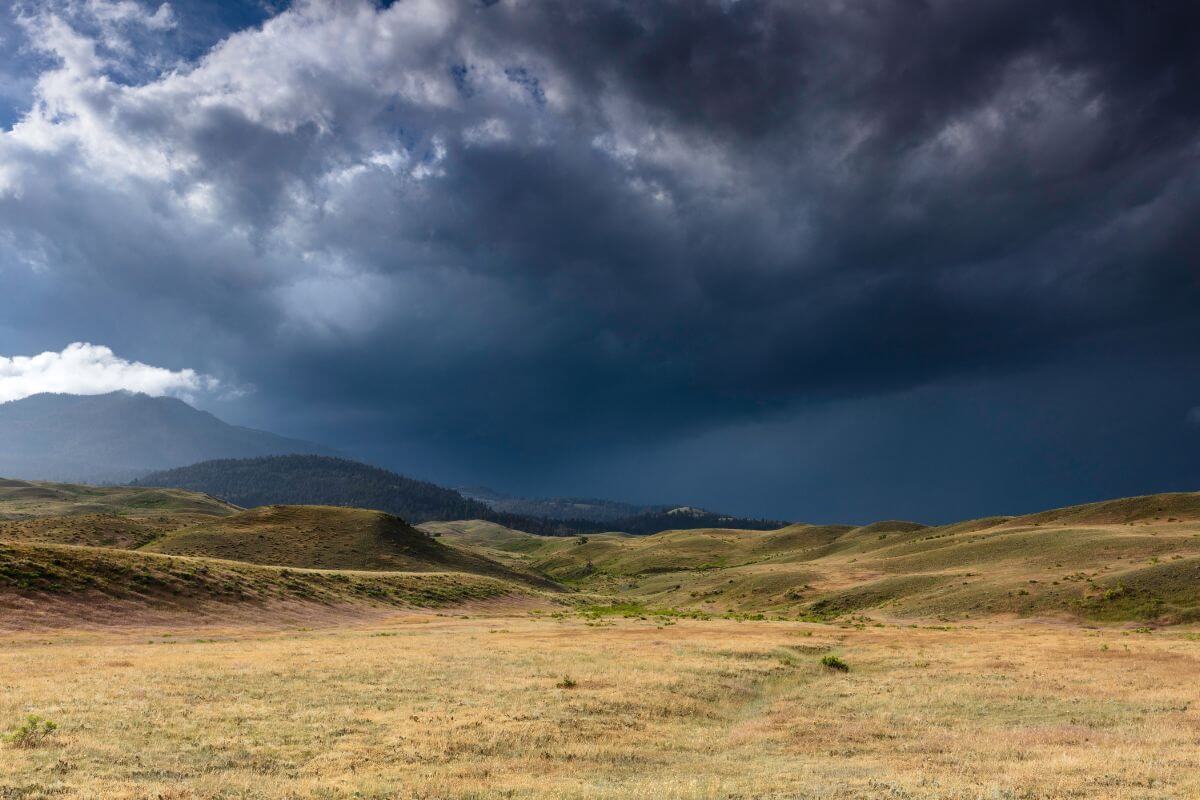
Montana’s future in agriculture lies in embracing a set of strategies that enhance sustainability and resilience in the face of the potential impacts of climate change.
| Sustainability Aspect | Potential Improvement |
| Grassland Production | Implement active management, burning, and grazing rotations to enhance grassland production and mitigate climate effects Promote healthy forage growth and contribute to soil health and water conservation |
| Tillage Practices | Research and adopt tillage practices, moisture retention, and carbon storage to build resilience in agriculture. |
| Water Use Efficiency | Utilize innovative methods like precision agriculture and soil moisture monitoring to optimize water use efficiency and Minimize risks from unpredictable weather patterns. |
| Technology Advancement | Advanced technology in agriculture, including the use of drones for crop monitoring and data analysis Revolutionizes farming practices and maximizes yields |
| Cover-Cropping Practices | Promote cover-cropping practices to improve soil health, reduce erosion, and enhance carbon sequestration |
| Conservation of Land | Encourages the conservation of land through conservation easements and sustainable land management practices Protect valuable natural resources and preserve Montana’s unique landscape |
| Interdependence of Livestock Agriculture and Crop Rotation | Leverage the interdependence between livestock agriculture to enhance resilience Utilize livestock agriculture’s benefits, such as organic matter, nutrient cycling, and pest control Diversify crop rotations to increase resilience against pests and diseases. |
As climate change continues to pose potential impacts on crop quality, crop diversity, and crop pollination, sustainable practices in each component of agriculture in Montana become even more vital.
Whether they are climate change impacts that have already taken root or potential impacts in the foreseeable future, Montana’s agricultural sector aims to mitigate such effects and ensure the resilience of its thriving farmland.
Montana Agriculture Final Thoughts
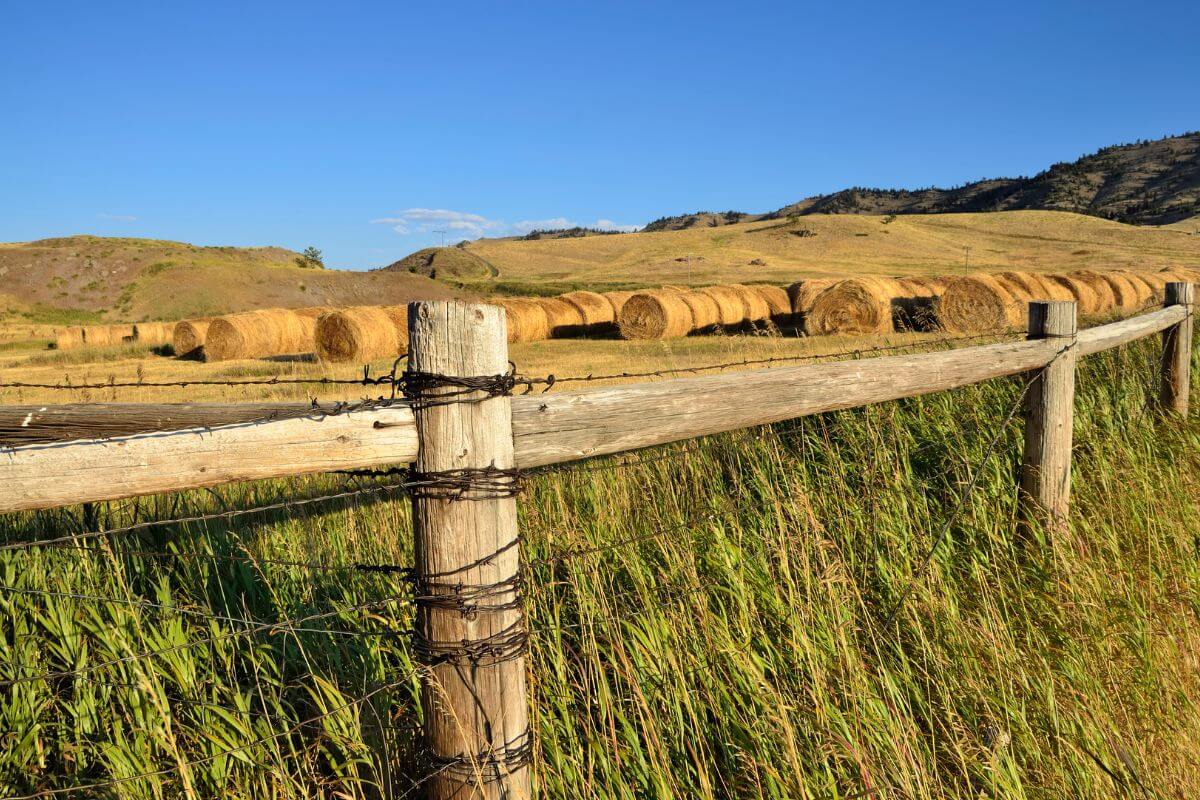
In the face of climate change impacts and potential challenges, the future of Montana’s agriculture lies in embracing sustainable practices.
From enhancing grassland production and optimizing water use efficiency to promoting cover cropping, the road to sustainability will ensure the resilience and continued success of Montana’s agricultural sector.
As the state preserves its valuable natural resources and fosters interdependence between livestock agriculture and crop rotation, Montana remains committed to shaping a vibrant and thriving agricultural landscape for generations to come.
Montana Agriculture FAQs
1. What Is the Main Agriculture in Montana?
The main agriculture in Montana revolves around two key players: crops and livestock, which are linked strongly through forage production and forage productivity.
When it comes to crop diversity and crop yields, this region takes center stage.
Montana ranks high in the nation for wheat production, with both organic and conventional varieties being grown.
2. Is Farming Big in Montana?
Yes, farming is huge in Montana, as well as in its neighboring states of North Dakota, South Dakota, and Idaho. With its expansive land and fertile soils, Montana has long been a powerhouse when it comes to farming.
3. What Are the Major Crops of Montana?
Wheat is the bread and butter of Montana’s agricultural landscape, both figuratively and literally. This golden grain reigns supreme as the top contributor to Montana’s agricultural economy.
Barley, oats, and rye round-up Montana’s line-up of grain crops.
4. How Much of Montana’s Economy Is Agriculture?
Montana’s agriculture industry brought in a whopping $4.6 billion to the state’s economy in 2020, a figure that was up 2% from the previous year.
So, yes, you can definitely say agriculture contributes significantly to Montana’s overall economic output.
5. What Types of Agriculture Are in Montana?
When it comes to agriculture in Montana, diversity is the name of the game.
Some major crops that feature in the state’s wide variety of farming practices are wheat, barley, oats, rye, and seed potatoes.
Then, you have the agricultural livestock, which relies on milking cows, beef cattle, and sheep as key players.
Delve deeper into the enchanting realm of Montana with this collection of captivating reads:
- Earnings From Montana Tourism
- Montana’s Financial Status
- Montana’s Income Levels
- Essential Montana Sectors
- Notable Montana Brands
- https://www.montana.edu/news/19885/msu-study-climate-change-generating-anxiety-and-distress-for-montana-farmers-ranchers
- https://www.nass.usda.gov/Quick_Stats/Ag_Overview/stateOverview.php?state=MONTANA
- https://www.nrcs.usda.gov/conservation-basics/conservation-by-state/montana/soil-health-montana
- https://scholarworks.umt.edu/cgi/viewcontent.cgi?article=4021&context=etd
- https://dnrc.mt.gov/Conservation/Conservation-Programs/

